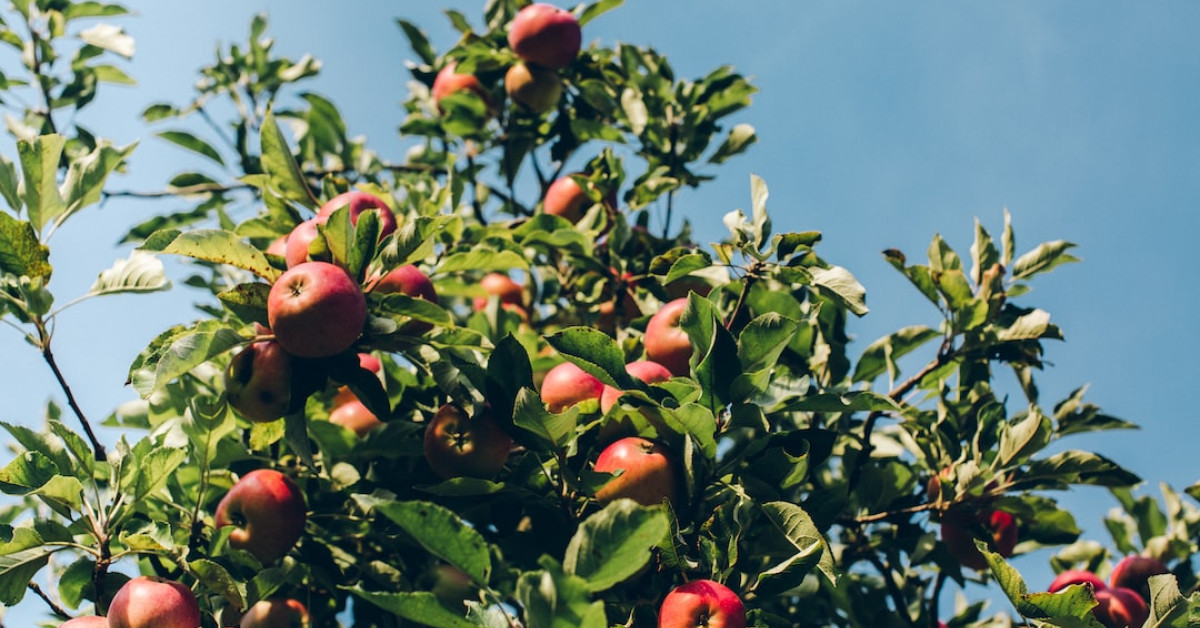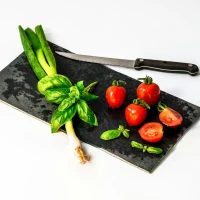Delving into the world of fresh produce, particularly cantaloupes, can be both exciting and somewhat puzzling. For many, the challenge of choosing the perfect ripe cantaloupe can be as mystifying as cracking a secret code. But worry not! In this comprehensive guide, we will explore foolproof methods and expert tips to help you pick a ripe cantaloupe every time, ensuring that you enjoy the sweet, juicy flavor at its peak.
When you understand the subtle cues of cantaloupe ripeness, you unlock the pleasure of enjoying this sumptuous and nutritious fruit. Whether you’re a produce aisle novice or a seasoned fruit connoisseur, this article will empower you with the knowledge needed to discern the ripeness of cantaloupes with confidence.
The Quest for Perfect Ripeness
Discovering how to tell if a cantaloupe is ripe is essential for anyone seeking to indulge in the fruit’s optimum flavor and texture. The task at hand is not merely about preference but about knowing when the cantaloupe’s natural sugars are perfectly developed. Let us embark on this quest, armed with insights and the resolve to never settle for less than the best in our fruit bowls.
Assessing Cantaloupe Ripeness at a Glance
Visual Clues:
- Color: Seek out cantaloupes that have shifted from green to a more beige or tan background color.
- Netting: Look for cantaloupes with well-defined netting, which indicates maturity.
- Stem End: The area where the melon was attached to the vine should appear smooth, a sign the melon naturally fell off the vine when ripe.
By now, you’re equipped with the visual expertise to pick a promising candidate. But wait, there’s more to cantaloupe selection than meets the eye.
The Art of Touch and Feel
Sometimes, you have to get hands-on to gauge the ripeness of a cantaloupe. Here are tactile methods to refine your selection:
- Firmness: The overall feel should be firm but yield slightly to gentle pressure, especially at the blossom end.
- Weight: A ripe cantaloupe often feels heavy for its size, a tantalizing hint of the juicy flesh inside.
Listen to the Melody of Ripeness
Sound may seem like an unusual sense to use when choosing produce, but it’s another layer in our multidimensional approach:
- Tapping: A ripe cantaloupe emits a deep, hollow sound when tapped lightly, signaling the presence of succulent flesh within.
The Aroma of Ripeness: Unleash the Fragrance
Possibly the most delightful aspect of selecting a ripe cantaloupe is the aroma it exudes.
- Fragrance: Bring the cantaloupe close and inhale; a ripe one will offer a sweet and inviting scent at the blossom end.
Indulge your senses in this fragrant affair and become one with the art of choosing the ripest, most delectable cantaloupes.
The Practical Approach: Storage and Ripening Tips
Perhaps you’ve brought home a cantaloupe that isn’t quite ready. Fear not; here’s how you can gently coax it to perfect ripeness.
At Home Ripening Techniques
- Room Temperature: Leave underripe cantaloupes on your countertop; warmth will encourage the ripening process.
- Paper Bag: If you’re feeling adventurous, place the cantaloupe in a paper bag with a banana to expedite ripening, thanks to the ethylene gas released by the banana.
Storing Your Ripe Cantaloupe
Storage is crucial in preserving that elusive peak ripeness:
- Refrigeration: Once ripe, cantaloupes should be stored in the refrigerator to maintain freshness and prevent overripening.
- Cut Fruit: Store cut cantaloupe in an airtight container in the fridge, and consume within a few days for best quality.
When to Avoid: Signs of an Overripe Cantaloupe
While we’re enthusiastic about ripe cantaloupes, crossing into the territory of overripe just won’t do.
- Soft Spots: If the surface feels too soft or has sunken areas, this could be a sign of decay.
- Odd Odor: An off-putting or overly fermented smell is a definite no-go.
- Mold: Visible signs of mold mean this cantaloupe is past its prime and should be avoided.
Steer clear of these red flags to ensure your cantaloupe experience remains joyously sweet and satisfying.
Nutrition and Health Benefits: The Ripe Choice
Choosing a ripe cantaloupe isn’t just about taste; it’s also about reaping the full spectrum of nutritional benefits this fruit has to offer.
Packed with Vitamins and Nutrients
- Vitamin A & C: Cantaloupes are rich in vitamins A and C, which are essential for immune function and eye health.
- Hydration: With high water content, cantaloupes help keep you hydrated during hot summers or after workouts.
Embracing the nutritional bounty of ripe cantaloupes contributes to a balanced and health-conscious diet.
Savory and Sweet: Culinary Uses of Ripe Cantaloupes
Ripe cantaloupes aren’t just a solo act; they can be the star of both sweet and savory dishes.
- Salads: Toss cubes of ripe cantaloupe with feta cheese, mint, and a drizzle of balsamic glaze for a refreshing summer salad.
- Smoothies: Blend ripe cantaloupe with yogurt and a touch of honey for a nourishing smoothie.
- Desserts: Use ripe cantaloupe in sorbets, parfait layers, or simply enjoy it with a sprinkle of cinnamon.
The culinary versatility of ripe cantaloupes ensures that there’s a delightful option for every taste palette.
Growing Your Own: Harvesting Ripe Cantaloupes
For those with a green thumb, growing your own cantaloupes promises an even more personal quest for ripeness.
Tips for a Bountiful Harvest
- Warm Soil: Cantaloupes thrive in warm soil; consider using black plastic mulch to retain heat.
- Watering: Regular, deep watering is key, but reduce moisture as fruits begin to ripen.
- Harvest Signs: Look for the same signs of ripeness as you would in the store; the cantaloupe should detach easily from the vine.
Taking the journey from seed to ripe cantaloupe can be a rewarding endeavor for any gardening enthusiast.
Conclusion: Becoming a Cantaloupe Connoisseur
Armed with the knowledge from this foolproof guide, you’re ready to step into any produce section or farmer’s market with confidence. With this deep understanding of how to tell if a cantaloupe is ripe, your ability to select the best of the bunch will be unrivaled. Revel in the zestful joy of ripe cantaloupes and share the sweetness with friends and family, for a ripe cantaloupe is a pleasure too exquisite to keep to oneself.
Elevate your cantaloupe game, embrace the ripe nuances, and indulge in the succulent sweetness of nature’s bounty, for now, you hold the key to the secret garden of ripe cantaloupes.










